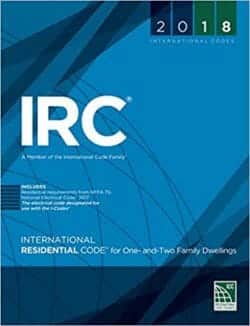Essential Guide to Building a Durable Ground-Level Deck with Jeff
Home » Yard, drive, walks, patios » Decks »
Understanding Ground Level Deck Construction
Jeff, a seasoned DIY enthusiast and builder of HomeRenoVision, introduced viewers to the intricacies of constructing a ground-level deck. This type of deck offers several advantages due to its proximity to the ground, which typically requires less rigorous structural components compared to elevated decks. However, they pose unique challenges, primarily related to moisture and potential rot. Jeff emphasizes the importance of building the deck correctly to ensure its longevity, potentially outliving the builder with proper construction techniques.
Planning and Preparing the Site
Jeff begins by outlining the planning stages, crucial for any construction project. He explains the necessity of considering material dimensions, as decking materials are not always available in the desired lengths and might have imperfections like splits. The site chosen by Jeff transitions from a patio to a raised garden bed, providing a visually appealing and practical location for the deck. This setup also includes a slight slope, which is ideal for drainage, an essential factor in deck construction to prevent water accumulation and subsequent wood rot.
Before construction, Jeff prepares the site by leveling and setting out the perimeter, ensuring the deck integrates seamlessly into the existing landscape. He stresses that the ground should be somewhat flat, with a minor lean for optimal water runoff.
Building a Floating Deck in a Frost-Prone Area
One of the highlights of Jeff’s tutorial is his adaptation to the local climate, which experiences all four seasons. He opts for a floating deck, which is not anchored deeply into the ground with concrete piers but instead rests on concrete blocks. This method is particularly advantageous in frost-prone areas because it allows the deck to move slightly with the freeze-thaw cycle without causing damage. Additionally, floating decks often do not require permits if they are below a certain height, making this an appealing choice for DIY builders looking to avoid bureaucratic hurdles.
Jeff details the process of placing the deck blocks, ensuring they are flush with the ground and stable. He advocates for the use of stone screenings in the base of the blocks to enhance stability and levelness.
Structural Considerations and Framing the Deck
The structural integrity of the deck is paramount in Jeff’s tutorial. He uses 2×8 lumber for the frame, ensuring it can support the shed and additional weight in the future. The spacing of joists—16 inches on center for wood and 12 inches for composite materials like Trex—is carefully measured to prevent sagging and maintain the deck’s strength over time.
Jeff’s approach also includes doubling up on the rim joists and using adhesive and nails to create a robust edge that can handle overhangs efficiently. This technique not only adds to the deck’s structural integrity but also improves its aesthetic appearance by providing a clean, finished edge.
Installation Techniques and Tips
Throughout the video, Jeff provides numerous tips on decking installation, such as the correct way to measure and place joists and the importance of squaring the frame before finalizing the structure. He emphasizes the need for precision in these early stages to avoid complications later in the build.
Another key point Jeff addresses is the handling of wood. He advises viewers to treat any cuts in the wood with a sealant to prevent moisture ingress, which can lead to rot. This simple step is often overlooked but can significantly extend the life of the deck.
Integrating a Structure on the Deck
Looking ahead, Jeff plans to integrate a shed into the deck, which will require careful consideration of load distribution and additional framing. He discusses the potential of this setup to support various functions and structures, highlighting the versatility of a well-built deck.
The tutorial on building a ground-level deck provides a comprehensive guide on the construction process, it also underscores the importance of thoughtful planning, site preparation, and attention to detail. These elements are crucial in creating a durable and functional deck that blends seamlessly with the home’s outdoor space and natural surroundings.







